In the modern cloud-native landscape, CI/CD pipelines are the foundation of speed and reliability, two traits that define competitive advantage today. Businesses no longer wait for quarterly releases or manual deployments. Instead, they rely on CI/CD pipelines to ship software with speed, scale, and consistency.
The shift isn’t just operational; it’s strategic. CI/CD pipelines have become the backbone of modern software delivery, helping organizations respond to market demands in real time, reduce errors, and maintain software quality across increasingly complex infrastructures.
In this context, cloud-native CI/CD pipelines, specifically those built on AWS and Azure DevOps pipelines, are transforming how development teams build, test, and release applications. These platforms provide the flexibility, scalability, and CI/CD automation required to turn code into business value faster than ever before.
Cloud-Native CI/CD: From Bottleneck to Business Enabler
Traditional software delivery models often break under the weight of rapid development cycles. Manual testing, integration issues, and inconsistent deployment practices create bottlenecks that delay releases and introduce risks. Cloud-native CI/CD pipelines resolve these challenges by embedding CI/CD automation at every step, from commit to deployment.
The key benefits are clear:
- Rapid feedback loops reduce time-to-fix
- Automated testing and quality gates catch issues early
- Scalable build environments eliminate resource contention
- Deployment automation ensures reliability and repeatability
Cloud platforms like AWS and Azure DevOps pipelines amplify these benefits by offering native services designed specifically for CI/CD automation. Whether scaling builds on demand or rolling back a failed deployment within seconds, cloud-native CI/CD pipelines unlock speed without sacrificing stability.
AWS CI/CD: CodePipeline, CodeBuild, and CodeDeploy
Amazon Web Services offers a modular yet integrated suite of CI/CD pipelines services:
- AWS CodePipeline
A fully managed orchestration service that lets teams define the entire release workflow, from source to build, test, and deploy. CodePipeline connects to services like GitHub, CodeCommit, Jenkins, and CloudFormation, creating a visual flow that reflects the software lifecycle.
It’s event-driven, enabling real-time execution whenever a new code change is pushed.
- AWS CodeBuild
This is AWS’s managed build service. It compiles source code, runs tests, and produces deployable artifacts without requiring you to manage any build servers. It supports Docker-based custom environments, scales automatically, and runs multiple builds in parallel.
CodeBuild integrates natively with CodePipeline or can operate as a standalone service.
- AWS CodeDeploy
This deployment engine pushes code updates to EC2 instances, on-prem servers, Lambda functions, or container platforms like ECS and EKS. It supports advanced deployment strategies like blue/green and canary releases, along with automated rollback on failure, a critical feature for high-stakes production systems.
Together, these three services enable fully automated CI/CD pipelines in the AWS ecosystem, supporting use cases ranging from microservices to serverless to hybrid deployments.
Azure Pipelines: Unified CI/CD Across the Stack
Microsoft’s answer to CI/CD automation comes under the Azure DevOps pipelines umbrella, and it’s built for flexibility across environments.
- Azure Pipelines:
A unified CI/CD pipelines platform that supports nearly every language and framework. Developers can define pipelines via YAML configuration (pipeline-as-code) or use a graphical designer. It connects to GitHub, Bitbucket, Azure Repos, and other source control systems.
Azure DevOps pipelines support Linux, macOS, and Windows agents, offering wide compatibility across ecosystems. It can also target any cloud (Azure, AWS, GCP) or on-prem infrastructure.
Key features include
- Parallel and concurrent builds
- Rich task ecosystem via its marketplace
- Built-in container support and integrations with Docker, Kubernetes, and Helm
- Customizable approvals, gates, and artifact management
What sets Azure DevOps pipelines apart is their all-in-one design. It doesn’t split CI/CD into separate tools the way AWS does, which can simplify onboarding and reduce configuration overhead for some teams.
AWS vs Azure Pipelines: Key Differentiators
| Feature | AWS (CodePipeline/Build/Deploy) | Azure Pipelines |
|---|---|---|
| Design Philosophy | Modular, specialized tools | Unified CI/CD service |
| Best for | AWS-native environments | Multi-cloud or hybrid setups |
| Build Agents | Fully managed, container support | Cloud-hosted or self-hosted on Linux, Windows, macOS |
| Deployment Targets | EC2, Lambda, ECS, on-prem | Azure, AWS, GCP, Kubernetes, VMs, on-prem |
| Extensibility | Plugin-based, YAML, custom actions | Marketplace tasks, REST APIs, YAML |
| Pricing Model | Pay-per-use (execution minutes, artifacts) | User-based license + parallel jobs |
While AWS CI/CD pipelines are deeply integrated with AWS infrastructure and security models (IAM, CloudWatch, etc.), Azure DevOps pipelines shine in multi-cloud flexibility and usability.
Organizations deeply invested in AWS may find CodePipeline a better fit, while those with mixed environments or who prefer a single, centralized CI/CD pipelines dashboard may benefit more from Azure DevOps pipelines.
In practice, many enterprises use both. Different teams may operate on different clouds, or CI/CD automation pipelines may be optimized per project needs.
To dive deeper into how AWS, Azure, and Google Cloud are evolving in today’s cloud ecosystem, check out our related blog post: “The Future of Cloud Services: AWS, Azure, and Google Cloud in 2024 – Key Trends and Insights.”
Why CI/CD Matters Beyond the Dev Team
The importance of CI/CD automation isn’t limited to developers. For CTOs, CIOs, and business decision-makers, modern CI/CD pipelines directly impact:
- Time-to-market for new features
- Customer satisfaction through fast iteration
- Security and compliance via policy-driven pipelines
- Developer productivity and morale
CI/CD pipelines also reduce operational risk. Instead of major releases that tie up resources and carry high stakes, changes are delivered incrementally. Testing, deployment, and rollback are all automated, drastically reducing the chance of human error.
This shift has led industry leaders to view CI/CD automation as a strategic investment, not just a technical upgrade. Businesses that embrace it gain measurable agility, resilience, and responsiveness.
DevOps Culture: The Enabler of CI/CD
While tools like CodePipeline or Azure DevOps pipelines provide the infrastructure, DevOps provides the mindset. CI/CD pipelines work best when development, operations, and quality teams collaborate seamlessly, sharing responsibility and metrics.
A DevOps culture supports:
- Automation-first thinking
- Continuous feedback and learning
- Cross-functional collaboration
- Built-in security and governance
Without these cultural shifts, CI/CD automation adoption often stalls. That’s why organizations must invest in both the pipeline and the people who operate it.
For a comprehensive walkthrough of the entire DevOps release workflow, read our blog post: “From Commit to Production: Mapping the Full DevOps Release Lifecycle.” It’s a valuable guide for teams optimizing software delivery from start to finish.
Ariel Software Solutions: Enabling CI/CD at Enterprise Scale
Ariel Software Solutions helps organizations transform software delivery pipelines using best-in-class cloud CI/CD pipelines. Ariel offers strategic expertise in:
- Designing and implementing AWS and Azure DevOps pipelines
- Refactoring legacy apps into microservices for better deployment velocity
- Embedding DevSecOps into CI/CD automation workflows (security scanning, compliance gates)
- Training internal teams on pipeline management and DevOps practices
Our consultants have led multi-region transformations for companies across industries, from finance to healthcare to logistics. We understand that each enterprise has a unique mix of tools, clouds, and priorities. Ariel delivers solutions that adapt to your context, not the other way around.
We’re also platform-agnostic: If your architecture involves hybrid workloads or multi-cloud deployments, we engineer CI/CD automation pipelines that span Azure DevOps pipelines and AWS CodePipeline, with a focus on governance, auditability, and velocity.
Ariel doesn’t stop at automation scripts. We enable sustainable CI/CD pipeline maturity by integrating infrastructure-as-code, testing frameworks, monitoring, and team enablement, all while aligning delivery metrics with your business goals.
Additionally, Ariel Software Solutions holds DevExpress Universal licenses, enabling our team to integrate advanced UI components, dashboards, and reporting tools into modern applications. This capability strengthens our CI/CD automation offerings by ensuring that the software delivered is not only robust and scalable but also feature-rich and visually refined, an essential requirement for today’s enterprise applications.
Conclusion: Agile Businesses Need Agile Pipelines

CI/CD pipelines are no longer optional. In a cloud-first world where users expect constant updates and minimal downtime, automated, cloud-native CI/CD automation pipelines are essential.
Whether your teams work in AWS, Azure DevOps pipelines, or across multiple clouds, choosing the right CI/CD pipelines and executing them well directly impacts product quality, speed, and reliability. Both AWS and Azure DevOps pipelines offer powerful pipelines; the key is selecting, adapting, and integrating them into your unique delivery ecosystem.
That’s where Ariel Software Solutions becomes your partner in transformation. Backed by a global DevOps license and deep technical expertise, we help enterprises move from ad-hoc deployments to streamlined, secure CI/CD automation pipelines across any environment.
If you’re ready to accelerate your software delivery, Ariel is ready to lead the way.
Frequently Asked Questions (FAQ)
1. What is a CI/CD pipeline?
A CI/CD pipeline is an automated workflow that integrates code changes, tests them, and deploys them to production. It ensures faster releases, fewer errors, and consistent delivery across development stages.
2. How do AWS and Azure DevOps pipelines support CI/CD automation?
AWS offers modular tools like CodePipeline, CodeBuild, and CodeDeploy to build automated pipelines. Azure DevOps provides an all-in-one CI/CD platform with YAML-based configurations and support for multi-cloud deployments.
3. What are the main benefits of using CI/CD pipelines in the cloud?
Cloud-based CI/CD pipelines offer faster deployments, scalable build environments, built-in monitoring, and seamless rollback capabilities. They reduce manual intervention and help maintain release stability.
4. How do CI/CD pipelines improve software quality?
By automating testing, quality gates, and deployment steps, CI/CD pipelines catch issues early in the development cycle, reduce human error, and ensure reliable code reaches production.
5. How does Ariel Software Solutions support CI/CD adoption?
Ariel helps businesses design and implement robust CI/CD pipelines using AWS and Azure DevOps. The team also supports DevSecOps integration, infrastructure-as-code, legacy system refactoring, and developer enablement.




